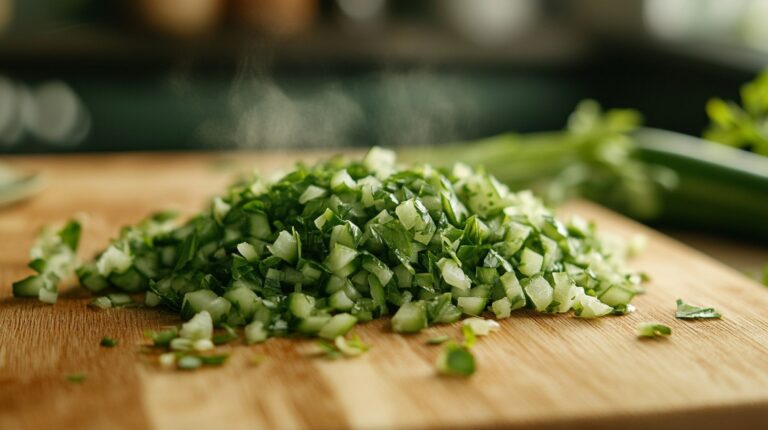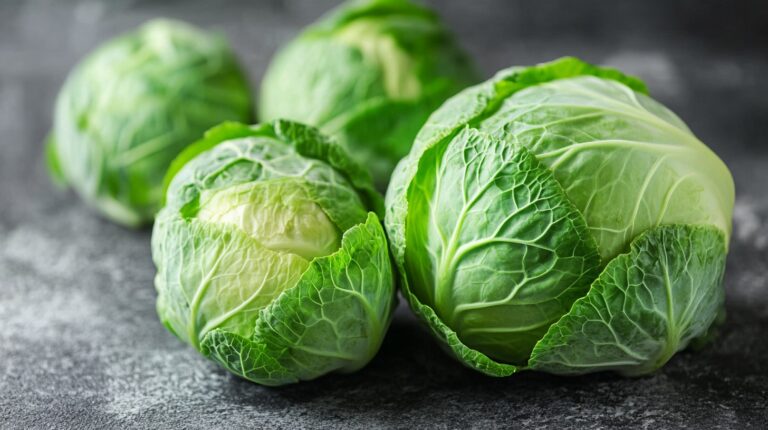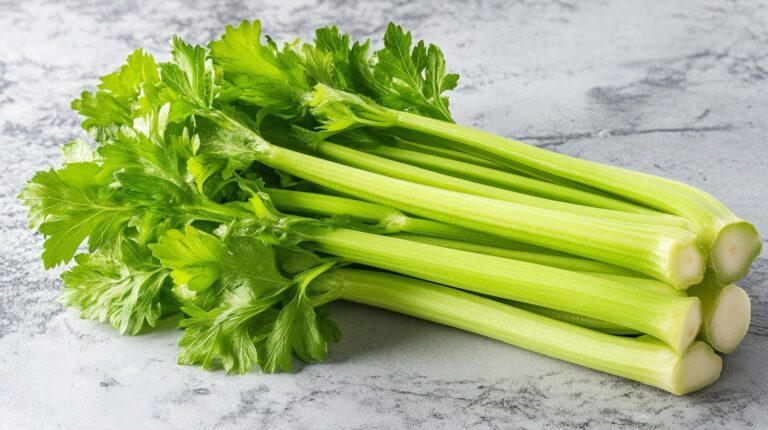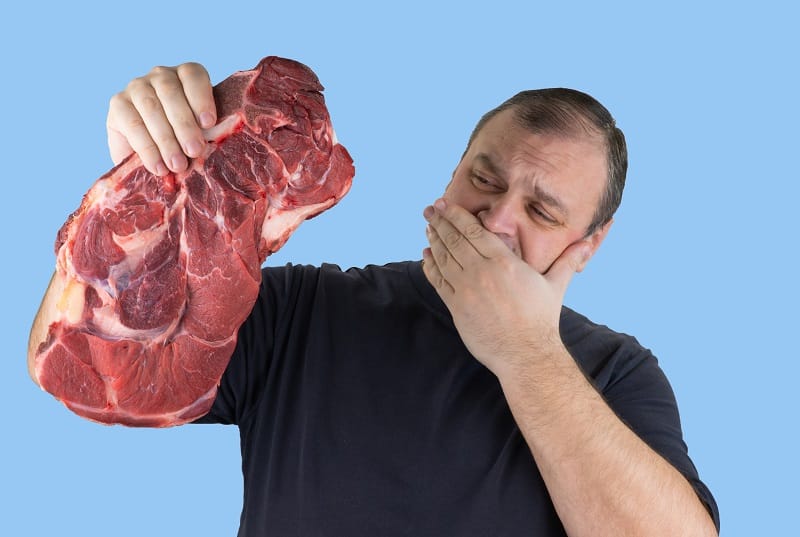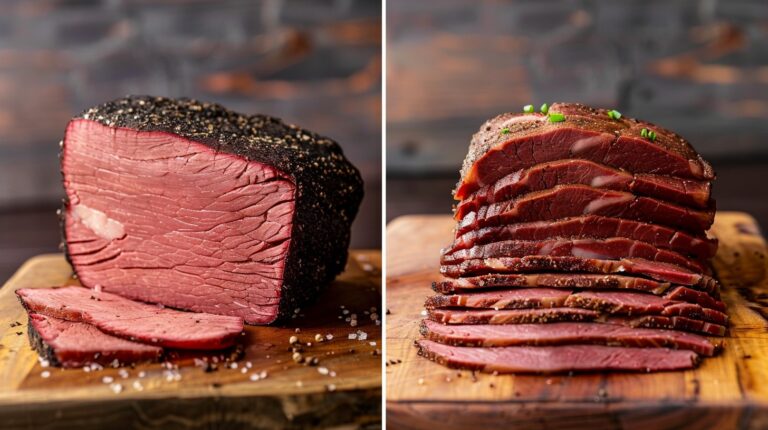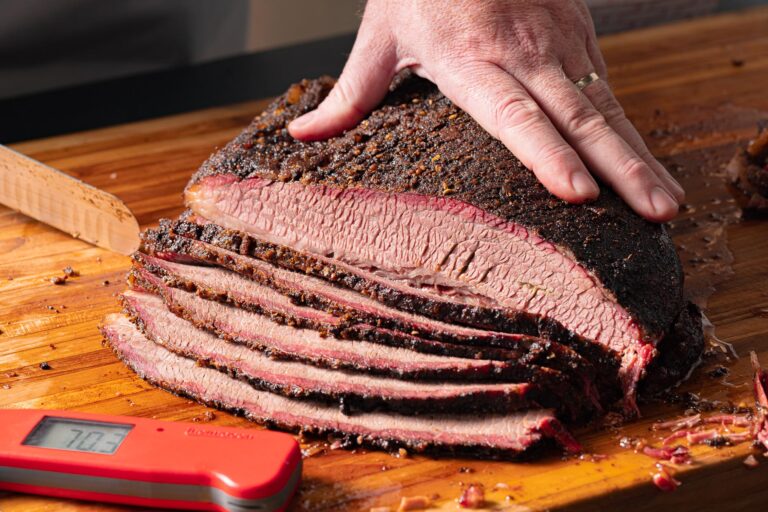Have you ever cooked pork and noticed an odd, egg-like smell wafting from the meat? It’s not your imagination. It’s due to a phenomenon called boar taint. While the odor can be unpleasant, it does not indicate that the meat is unsafe to eat. If the smell is mild, you may be able to mask it with cooking techniques and enjoy the meat without issue.
Let’s discuss everything you need to know to handle it.
What is boar taint
Boar taint is that nasty smell or taste you might find in the meat of castrated male pigs. If you’ve ever noticed a strong, off-putting odor when cooking pork, you might have encountered it. This issue is a big deal in the pork industry because nobody wants their bacon smelling funky.
The main culprits here are two compounds: aldosterone and skatole. Androstenone is a pheromone, while skatole comes from the intestines during digestion. Uncastrated male pigs have more of these, which is why their meat can smell worse.
Why does it happen?
Boar taint happens because these smelly compounds build up in the fat tissue of male pigs as they grow. Uncastrated males have higher levels of these compounds, making the odor more noticeable. Diet, genetics, and the pig’s age all play a role in this buildup.
Several factors contribute to the presence and intensity of boar taint in pork, influencing its overall smell and taste.
Genetics
Genetics plays a big role in boar taint. Some pigs just naturally produce more of the stuff that causes it, like androstenone and skatole. It’s kind of like how some people are just naturally more prone to certain smells. Farmers and researchers are working together to breed pigs that have less of these compounds.
But this isn’t a quick fix—it takes time and careful planning. Genetic testing and selective breeding programs are super important in this ongoing battle against boar taint.
Diet
What pigs eat can really make a difference. Diet plays a major role in boar taint, especially when it comes to skatole levels. High-fiber diets can help reduce skatole production, while high-protein diets can make it worse. Managing what pigs eat is a key strategy.
For example, giving pigs more fiber and less protein can promote a healthier gut and lower skatole production. So, farmers need to plan and monitor their pigs’ diets carefully to get the best results.
Age and weight

Younger pigs usually have lower levels of boar taint compounds. That’s why many pigs are slaughtered before they reach sexual maturity. Younger pigs haven’t yet developed the high levels of androstenone and skatole that come with maturity.
By controlling the age and weight at which pigs are processed, farmers can significantly reduce the risk of boar taint. Plus, younger pigs tend to produce more tender and mild-flavored pork, which is exactly what the market wants.
How to identify it
Detecting boar taint is key to making sure your pork tastes great. You can do this with some basic smell tests or by using more advanced chemical checks.
Smell test
You just heat a small sample of pork fat and take a whiff. If you catch that distinct odor, you’ve got boar taint. This method is pretty quick and straightforward, but it does rely on the nose of someone experienced. It’s not as spot-on as chemical tests, but for a quick check at a slaughterhouse or processing facility, it does the job.
Chemical tests
These tests measure levels of androstenone and skatole in the meat. They’re super accurate but can be pricey and take more time. Chemical tests give you precise numbers for the compounds that cause boar taint, making them great for research and quality control.
Even though they cost more, these tests are key for really understanding boar taint and figuring out how to deal with it.
Cooking and boar taint
Cooking pork with boar taint can be a bit of a challenge. When you cook pork, especially at high temperatures like frying or grilling, it can really bring out the strong smells. This happens because the heat releases certain compounds from the fat, making the odor more noticeable. If you’re sensitive to these smells, it can definitely make the meat less appealing.
Masking the smell
Cooking methods can help mask or reduce the odor:
- Marinate: Using acidic marinades like vinegar or citrus is a great way to neutralize the smell. The acids break down the compounds responsible for boar taint, making the odor less intense. Letting the meat marinate for several hours or even overnight can really make a difference and also boost the overall flavor.
- Spices: Strong spices like garlic, ginger, and curry can do wonders. They not only mask the smell but also add rich, complex flavors to the meat. Be generous with the spices in your rubs, marinades, or cooking liquids to help cover up the boar taint.
- Slow Cooking: It breaks down the fat more thoroughly, allowing the flavors to meld and the smelly compounds to dissipate over time. Techniques like braising or stewing, which involve long cooking times at lower temperatures, can be particularly effective in minimizing the presence of boar taint.
The bottom line
While it can be a bit gross, boar taint is not harmful at all. If you know how to spot and deal with boar taint, you’ll have a much better time cooking and enjoying your pork dishes.
Related Posts:
- Other Names for Brisket - Top 10 Terms You Should Know
- Loaded Veggie Quesadillas Made in 15 Minutes You Need To Try
- Why Oxtail Is a Must-Try for Meat Lovers
- Does Jello Really Contain Pork? Exploring the Ingredients
- How Much Pulled Pork for 100 People? What Are the…
- Can You Eat Lamb Rare? – Lamb Lovers’ Safety Guide &…



